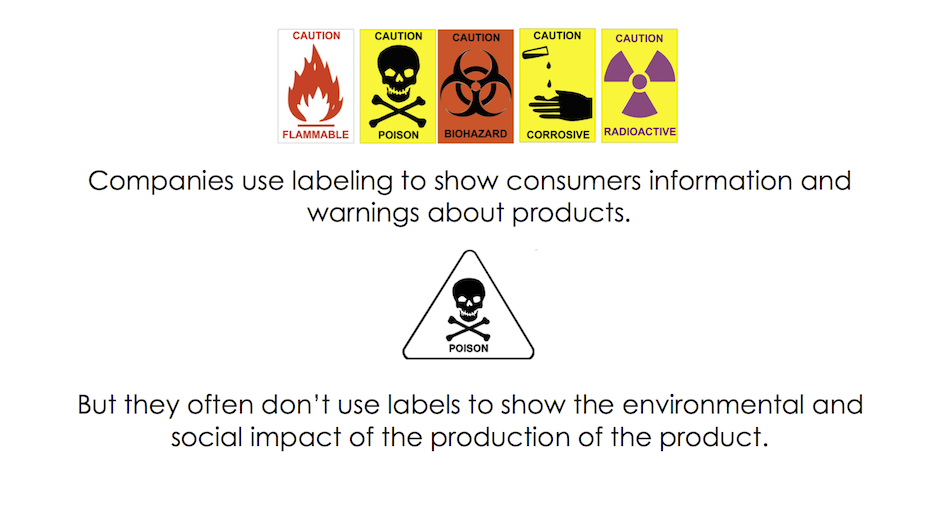 “Failure to clean sidewalk commercial; it is the responsibility of business owners to maintain the cleanliness and upkeep of the property abutting a sidewalk. Business owners or employees should sweep sidewalk and gutters removing any garbage, trash and debris failure to do so may result in a $25 fine.” (ORD 23-9;23-1) Quoted from City of Boston web site.
“Failure to clean sidewalk commercial; it is the responsibility of business owners to maintain the cleanliness and upkeep of the property abutting a sidewalk. Business owners or employees should sweep sidewalk and gutters removing any garbage, trash and debris failure to do so may result in a $25 fine.” (ORD 23-9;23-1) Quoted from City of Boston web site.
Ideally, this little regulation prods a shop owner to wake up every morning and sweep the sidewalk in front of her shop. In reality, we live among much larger properties, where owners manage from afar, are unimpressed by a $25 fine, and rarely feel the eyes of their neighbors upon them. With a little legwork, however, you can usually identify the person who is responsible for keeping a sidewalk clean and clear, even if that person is the CEO of a major corporation.
In our neighborhood, on the way to school, we walk past a large, nearly windowless and doorless building which takes up a full city block bordered by Avenue De Lafayette, Chauncy, Bedford, and Kingston Streets. There is always litter and debris on the sidewalk, along the edges of the building. An old dry cleaning bag is wrapped around a tree limb. Bottles, cans, and pizza boxes are strewn about.
Here’s the story of how we explored the NSTAR corporate phone tree and found real people who helped us clean up the sidewalk in our neighborhood.
Steps
[2008.11.29] We identified the owner of the building and property lot via a Boston Assessing Department online search. The block consists of an enormous electrical substation, a small storefront sandwich shop along one side of the substation, and a parking lot. The entire city block has a single owner, listed as: “Boston Edison CO Mass”.

[2008.12.01] We walked the block several times this week, and we took digital photos of litter and debris on adjacent sidewalk. We decided it was important to take pictures that included recognizable aspects of the block and the nearby streetscape.




[2008.12.08] We read a bit about substations, examined the NSTAR corporate web site, and talked about how big companies like NSTAR are organized and run. We decided to take a two-pronged approach: we would start at the “top” with a business letter to the CEO of NSTAR and also the “bottom” by sending an email to the main NSTAR customer service email address.
 It’s hard to say which of our methods was most effective, but NSTAR got back to us promptly and in several ways:
It’s hard to say which of our methods was most effective, but NSTAR got back to us promptly and in several ways:
[2008.12.09] We received an email from NSTAR Customer Service: “I am responding to your email inquiry regarding the debris outside the building on Chauncy Street. In order to provide you with a proper response, I have forwarded your request to the appropriate party for investigation. As soon as I receive the necessary information I will email you so we can address the inquiry.”
 [2008.12.22] Today, we got a phone call from an NSTAR manager thanking us for bringing the issue to his attention. He said he would ensure that the sidewalk was cleaned. He explained that NSTAR was having trouble with tour buses who park alongside the building, where there are no city trash cans. He believes that the coffee cups, pizza boxes, and other litter come from the bus riders. He said NSTAR would contact the City’s Inspectional Services Department and request a city trash can. He gave us his phone number to call if the trash comes back.
[2008.12.22] Today, we got a phone call from an NSTAR manager thanking us for bringing the issue to his attention. He said he would ensure that the sidewalk was cleaned. He explained that NSTAR was having trouble with tour buses who park alongside the building, where there are no city trash cans. He believes that the coffee cups, pizza boxes, and other litter come from the bus riders. He said NSTAR would contact the City’s Inspectional Services Department and request a city trash can. He gave us his phone number to call if the trash comes back.
[2008.12.23] We received an email from Customer Service, signed by an Operations Supervisor: “I am writing in response to the email you sent on behalf of your children. Please inform them that we mailed a package to them on Friday, December 19. Also, given the holiday, let us know if they you do not receive it in a reasonable amount of time. Thank you for taking the time to bring this to our attention and for inspiring community citizenship. . . ”
The same day, we received a substantive and courteous letter from an operations manager at NSTAR referencing our letter to the CEO. He thanked us for letting them know about the trash, and he mentioned specific ways they intended to address the the litter going forward. The package came overnight express and included NSTAR pens, calculators, and watches (two of each).

[2008.12.26] The sidewalk has clearly been cleaned, and the situation improved.
Since that time, the area has been kept in much better condition, and we have seen workers cleaning the building exterior and sidewalk occasionally. If you see different, please email us.
Case closed.
Skills
- How to identify an urban property owner
- Digital photography
- How to approach a corporation
- How to write a business letter
- How to submit a complaint by email
Tools
- Boston Assessing Department online search
- ISD Code Enforcement Division here
- An article from the teaching kids how to write a letter. (For a little cross cultural flavor, the article is from the UK, but the same basic rules apply.)
- A wiki entry about how business letters, in case you need to brush up on the basics (cc:, Encl:, etc.)
Additional thoughts about urban electrical substations
People have explored how to make urban substations more neighborly. Some cities have buried substations—which are essentially unmanned machines—underneath parks and other urban space. For existing substations, how about a vertical garden?




